How Often Should I Change My Central Air System Filters?
When To Change Central Air Filters And Tips For Doing It Yourself.
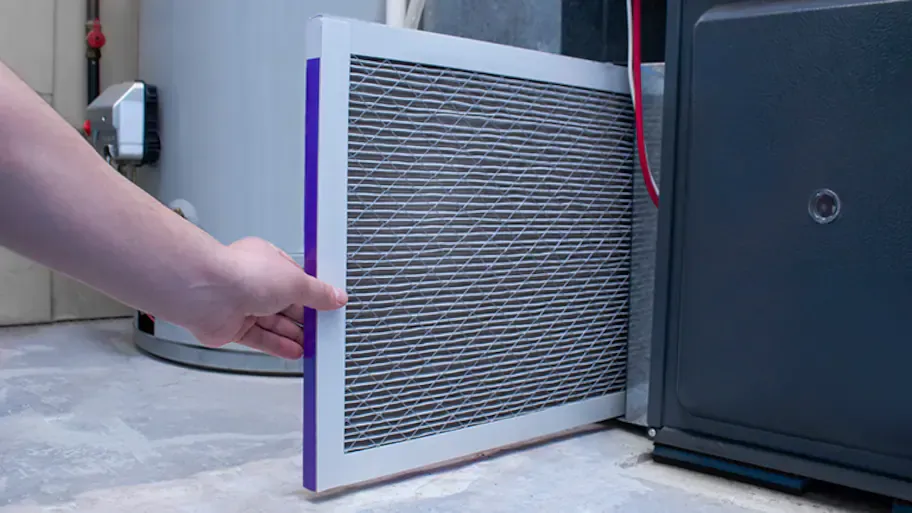
Central air system filters, also known as furnace filters, are a maintenance item which is commonly over looked in a home maintenance plan. The air filters are responsible for filtering the air from the return ducts, in order to protect the furnace or air handlers' blower motor and evaporator coil. Dust, dirt, pet dander, and other debris are held back, most effectively by a filter in good working condition. There are several filter choices, sizes, and varying locations of filter placement in the central air system.
Today we will discuss disposable air filters which contain fiberglass, pleated, electrostatic, or high efficiency pleated filter media.
*Location*
Air filters will be located in the return air duct tract, before the air handler unit. The most common placement is directly before the air handler, either inside the blower compartment, or in a filter opening on the outside of the air handler. Look for a small access door, or a metal cover that slides on and off the duct to cover the air filter completely. The next most common placement is generally used when air handlers are located in an attic. To prevent the need of going into the attic every time a filter change is necessary, the filter or filters are placed at the return opening located in the ceiling of the living space. These are usually large, oversized diffusers, with metal tabs. When the tabs are pulled to the open position, the diffuser hinges downward, exposing the air handlers' filter. There is also filter placement which is in the return plenum, close too, but not directly before the air handler.
If the filter is not in the placement mentioned above, follow the entire return plenum leading to the air handler, looking out for a filter service port along the way.
*Filter Size*
Various filter sizes are used from system to system and are measured by height, length, and width. If you look at an air filter for example, it will be labeled say, 16x20x1. Our example size translates to 16 inches tall, 20" deep when installed into the filter slot, and 1" of thickness. If you have a used filter from your system, and the fitment was correct for the filter slot, buy a replacement filter of the same dimensions. For filter that are loose in the filter slot allowing unfiltered air around it, or for a non existing filter, the filter slot will have to be measured to determine the correct fitting filter size. Measure the filter slot for height, length or depth, and width. (The most common widths for residential filters are 1" and 4")
*Effective Rating*
Air Filter rating is another consideration when shopping for replacements. Filter media density and effectiveness, are measured in a MERV rating (minimum efficiency reporting value),on a 1-16 scale. The lower the number the less density of filter media, while the highest number pertains to the thickest and most dense filter. A filter with a high MERV rating will provide the best results holding back dirt, pollen, dust, etc., however this filter will be the most restrictive in terms of air flow to the air handler. On the other hand a lower MERV rating will provide better airflow, while sacrificing the ability to hold dirt and debris due to its less dense media. It is best to consult with a professional if you are having trouble figuring out which rating works best with your furnace or air handler.
* When Change It*
The timing of changing your air filters varies as with filter size, rating, and conditions of usage. A general rule of thumb for residential settings is that, a 1" filter should last one to three months of service. 4" filters should last between four and six months of service before needing replacement. Conditions such as high outdoor dust and pollution, pets, number of inhabitants in the home, and how clean the air ducts are, will all play a role in air filter lifespan expectance.
*How To Change It*
To change the air filter first follow these simple steps:
1.)Turn the air handler to the off position at the thermostat.
2.) Find the filter access location and pull off the filter cover or access door.
3.) Pull the air filter straight out. Certain air filters may become stuck when removing. Run a flat blade screwdriver along the left and right edges to assist in removing the filter if necessary.
4.) Remove the filter from its packaging. slide the new filter back into the slot, with the AIRFLOW arrow pointed to the furnace. This arrow, usually signifies stronger bracing to prevent pulling the media into the blower motor as it gets dirty and restricted.
5.) Replace filter cover if applicable
6.) Turn the air handler to the on position at the thermostat.
Your air filter change is complete! Also buying filters in bulk can save you money.




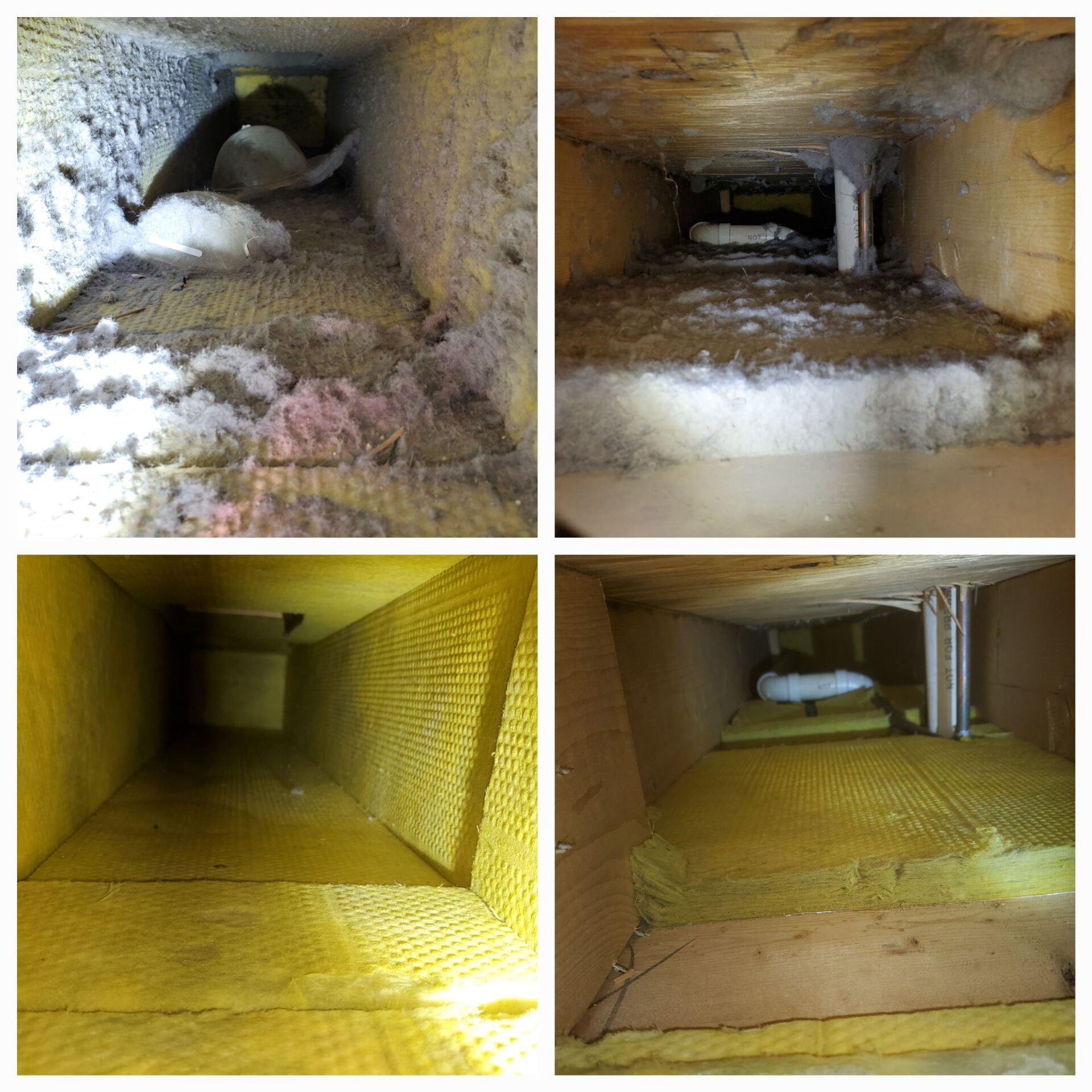
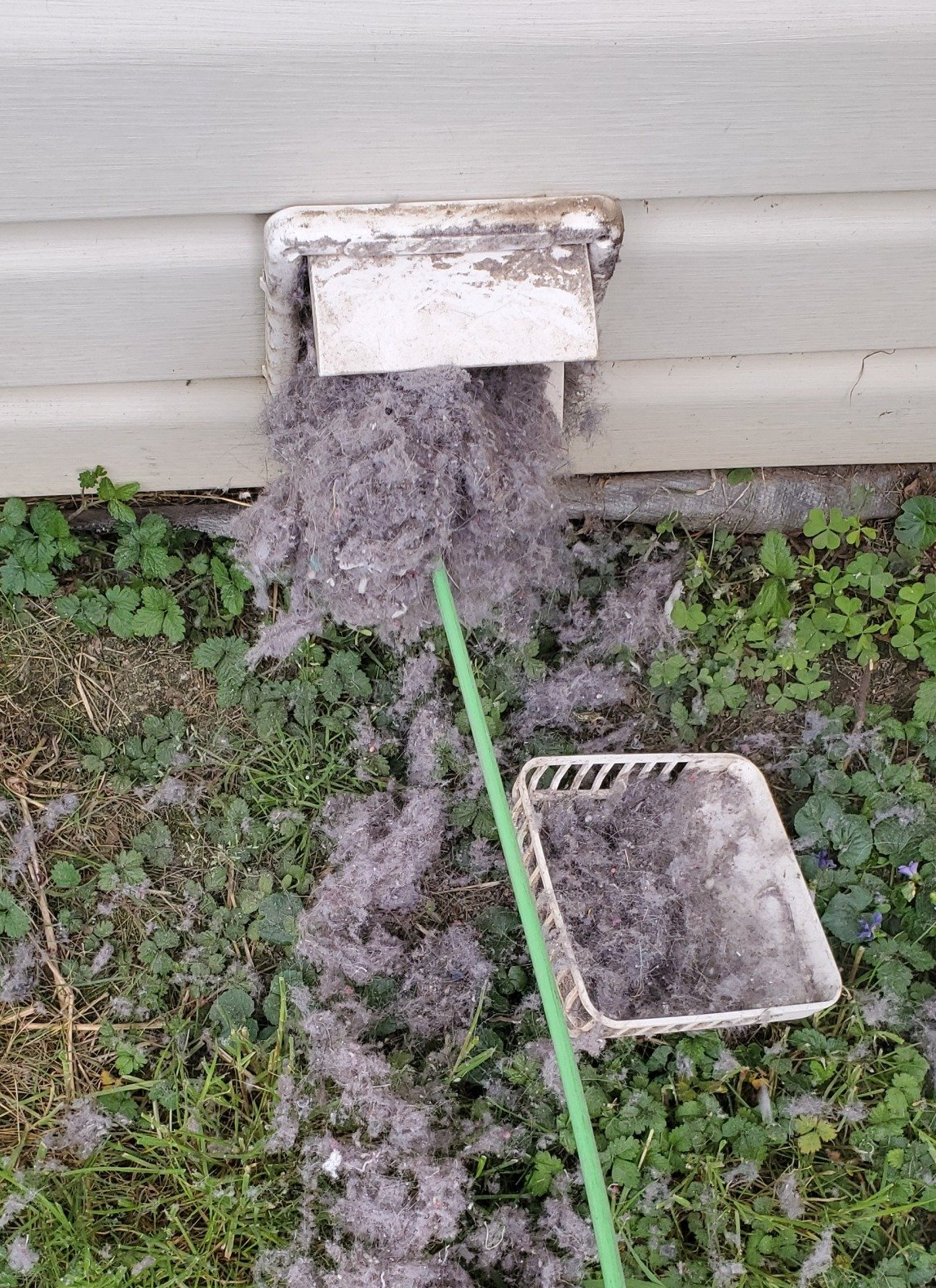
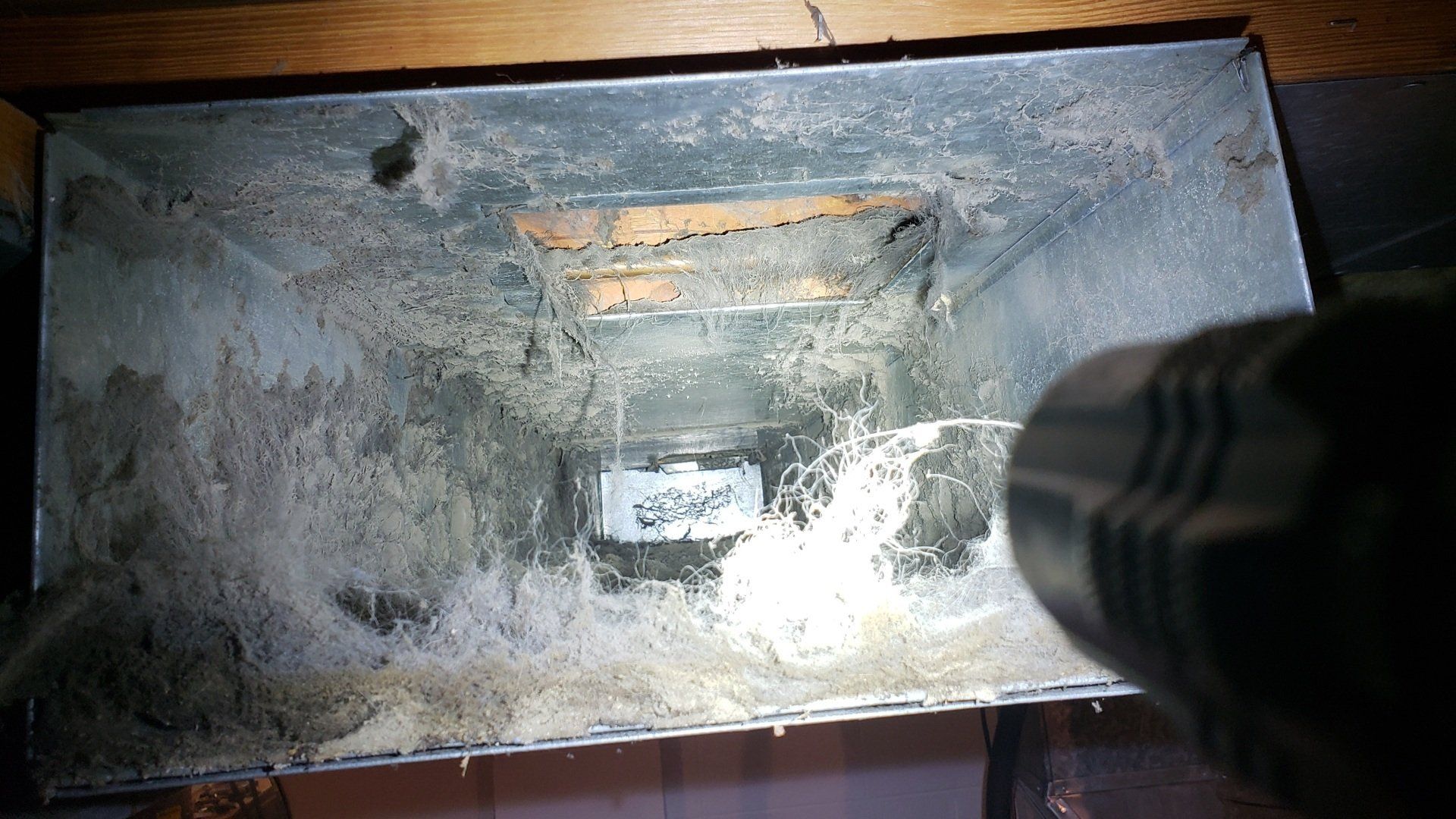
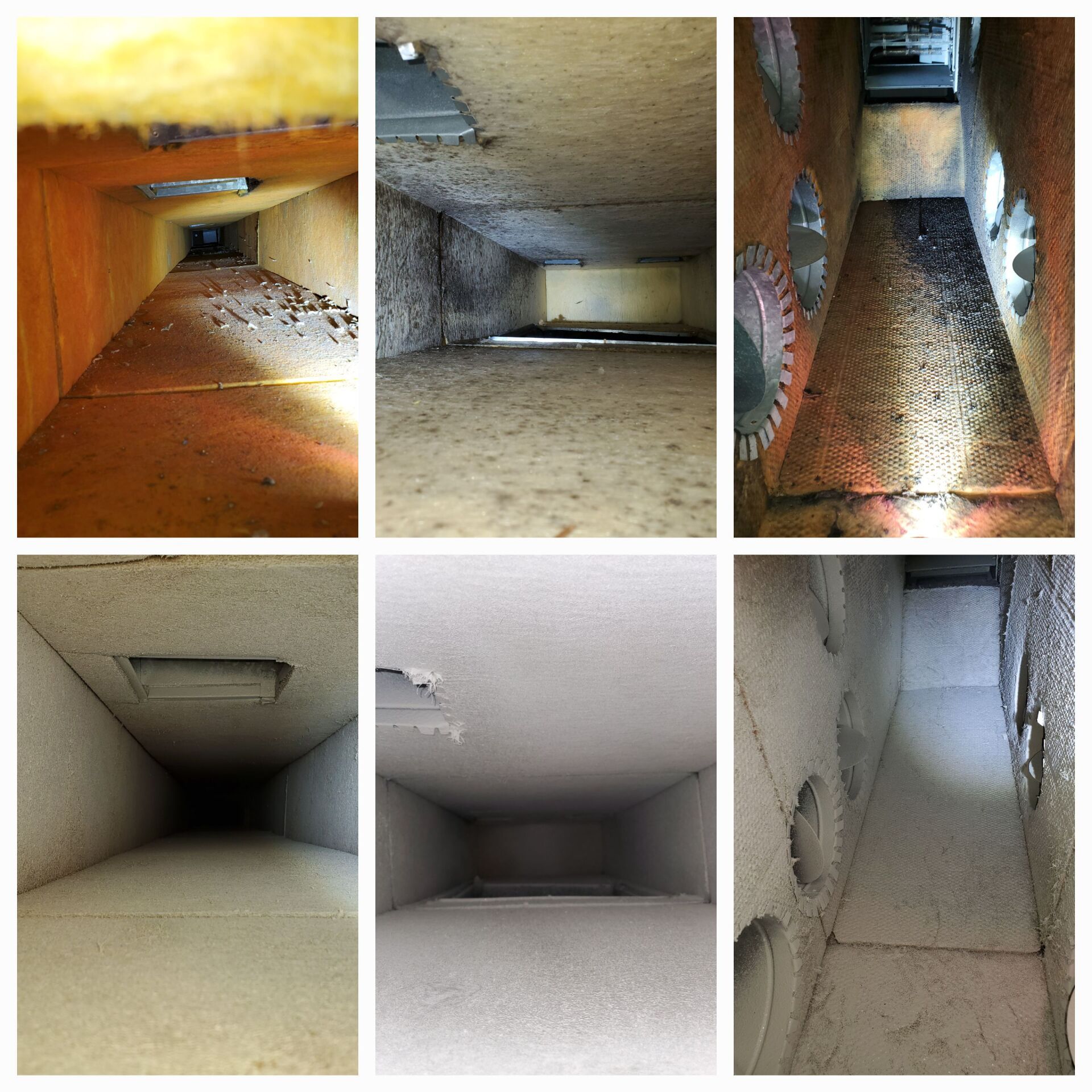
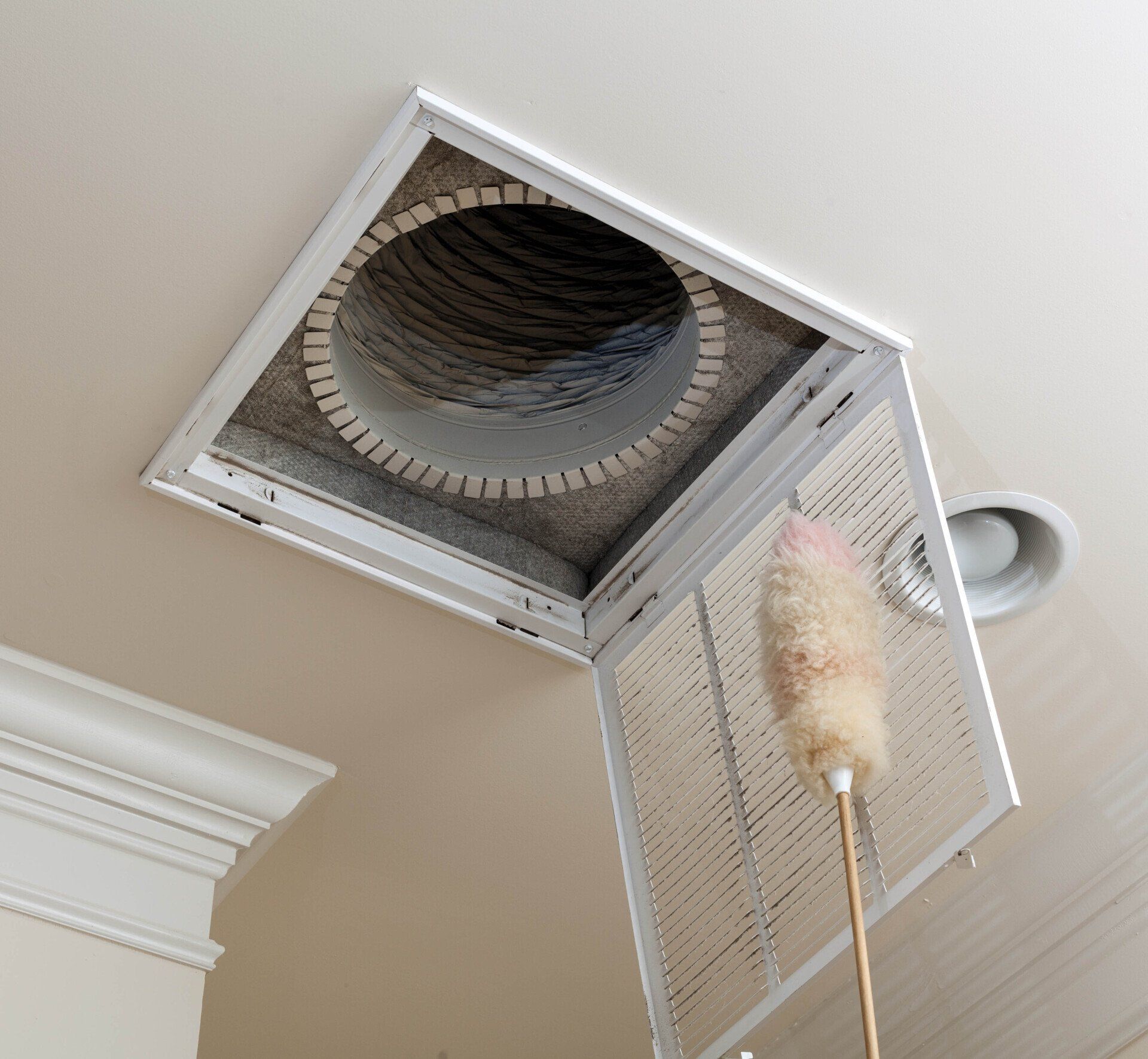
Share On: